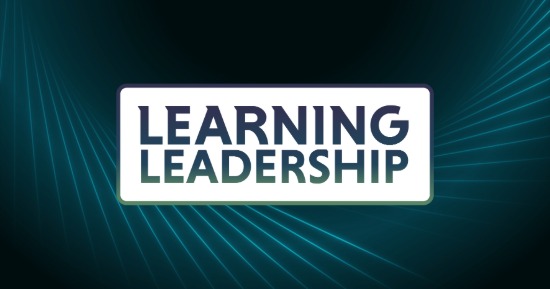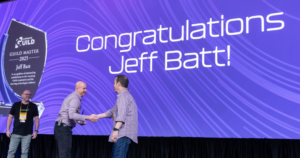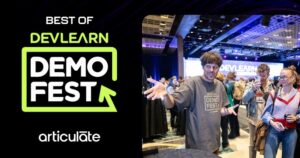Also referred to as “spacedrepetition,” this approach to instruction alternates short, intensely focusedperiods of learning with breaks. The breaks give the brain time to processinformation, and repetition of material in multiple learning sessions aids increating a permanent memory.
Dr. Paul Kelley, a Britishneuroscientist and educator, developed a formalized application of spacedlearning that suggests three intensive instruction sessions separated by10-minute breaks. An hour of instruction in this format can cover material thattakes several weeks in some other teaching formats, according to Kelley.
Each of the three instructionsessions presents the same material, but with a different emphasis: The firstinput session is typically a lecture presentation of material withPowerPoint-type slides; the second adds some element of recall; the third askslearners to demonstrate understanding by applying the material to a problem ortask. In the first session, information is presented very quickly; learnersfocus on it without taking notes or allowing any other distractions. Learnersspend the 10-minute breaks between sessions doing any simple physical activityunconnected to the learning. These breaks allow the brain to work to embed theinformation in memory. While other implementations of spaced learning arecommon, the structure of “present, recall, understand” is important, accordingto Kelley; it is also essential that learners spend the breaks doing somethingvery different.
Kelley based his instructionalmethod on neuroscience research by R. Douglas Fields that was published in ScientificAmerican in 2005 (see References). The research, on how memories are formed,found that the neural pathways that form the biological basis for memories arecreated when cells were stimulated at intervals but not when stimulatedconstantly, hence the need for breaks.
Spaced learning is ideally suitedto teaching factual material or processes where you can check understanding byusing projects or solving problems. It is intended for use in situations wherelearners need to acquire a large amount of information quickly. The length ofthe instructional sessions varies, but should be tailored to the learners’ abilityto concentrate; Kelley’s method, tested and applied at Monkseaton High Schoolin North Tyneside, England, uses sessions lasting 15 to 20 minutes (seeReferences).
Kelley’s spaced learning approachechoes spaced repetition techniques used since the 1930s to improve recall ofvocabulary and other factual information. These techniques, includingflashcards and the Pimsleur Method of learning languages, are based on the ideathat people learn more effectively when information is broken into small piecesand learners are exposed to each piece, then asked to recall the informationmultiple times at gradually increasing intervals.
Both principles—breakinginformation into nuggets and repeated exposure over time—lend themselves wellto eLearning. But much traditional eLearning, based on instructor-led in-persontraining, tends toward modules that are 30 or 45 minutes to an hour long, andeLearning tends to be heavily biased toward the “present” leg of Kelley’strilogy. Kelley’s emphasis on recalling and applying information can be heardas a call to integrate more interactive activities and problem-solving intoeLearning. Adding opportunities for active recall and checking learners’understanding is easy to do in eLearning by using quizzes, matching games,flashcards, simulations, and other interactive activities.
A mobile-friendly approach tospaced learning could use responsive design or mobile apps, turning the eLearning into available-anywhere jobaids or just-in-time training. Kelley’s requirement for breaks after 15 to 20 minutes (or less)of focused instruction is a reminder to keep eLearning sessions and modulesshort, an idea that is reflected in a trend toward microlearning.
References
Bradley, Angela, and Alec Patton. “SpacedLearning: Making memories stick.” Learning Futures and Monkseaton High School.
https://www.innovationunit.org/sites/default/files/Spaced_Learning-downloadable_1.pdf
Fields, R. Douglas. “Making MemoriesStick.” Scientific American. 1February 2005.
Hogle, Pamela. “Buzzword Decoder:Just-in-Time Training.” LearningSolutions Magazine. 13 September 2016.
https://www.learningsolutionsmag.com/articles/2054/?utm_campaign=lsmag&utm_medium=link&utm_source=lsmag
Hogle, Pamela. “Buzzword Decoder:Microlearning.” Learning SolutionsMagazine. 30 August 2016.
https://www.learningsolutionsmag.com/articles/2022/?utm_campaign=lsmag&utm_medium=link&utm_source=lsmag
Hogle, Pamela. “Buzzword Decoder: ResponsiveDesign.” Learning Solutions Magazine.25 October 2016.
https://www.learningsolutionsmag.com/articles/2097/?utm_campaign=lsmag&utm_medium=link&utm_source=lsmag
https://journal.frontiersin.org/article/10.3389/fnhum.2013.00589/full










